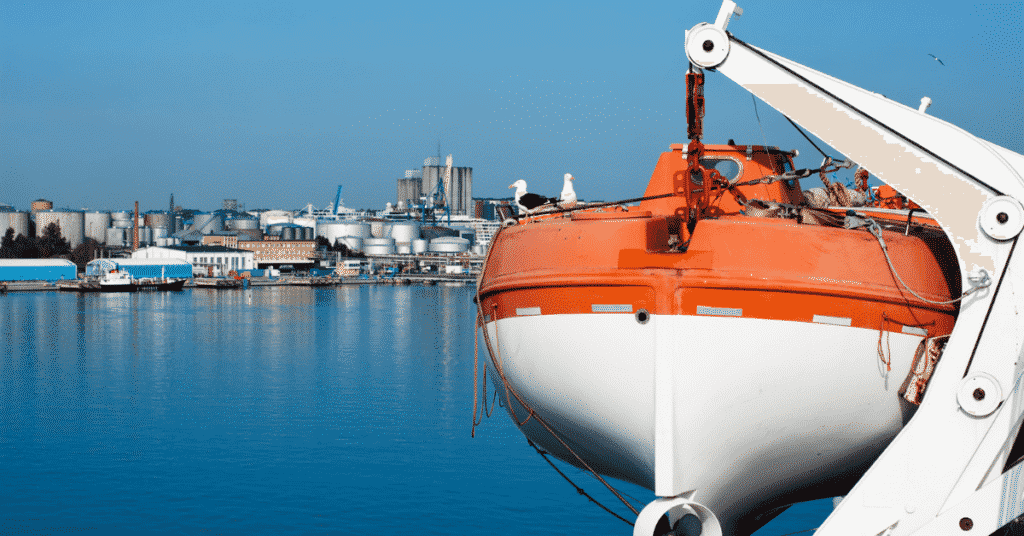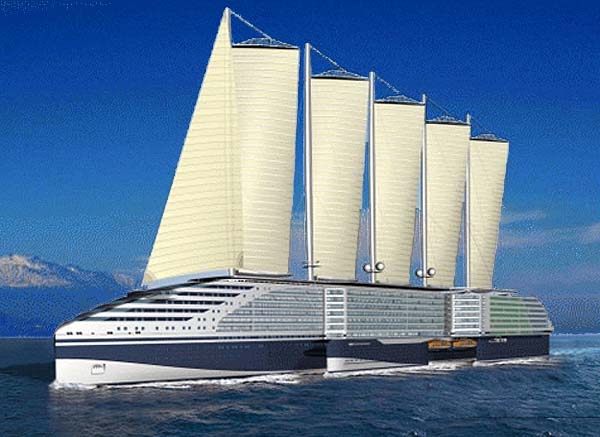Video: How Is Crude Oil Transported From The Sea Bed?
Oil shipping accounts for nearly a third of global maritime trade.
Do you know how the Oil is transported from the sea bed to us?
Vast quantities of crude oil and refined petroleum products are transported by ships between production sites, refineries, and consumption points.
They travel the world’s major shipping lanes, passing through strategic locations such as the Strait of Hormuz, Malacca, and the Suez and Panama Canals.
Oil reservoirs can be found beneath land or the ocean floor. On land, oil is obtained through an oil rig or drilling rig. In offshore sites, an oil platform is installed.
The oceans contain a huge proportion of the world’s oil reserves. So how is Oil extracted from the oceans?
For that, they use Oil Rigs. Before starting operations, Drilling companies decide where they want to extract oil from, depending on which spot has the greatest potential for oil extraction.
These spots are usually a couple of hundred miles offshore.
Once the spot is selected, the type of oil rig suitable for the operation is chosen.
The three types of offshore rigs which are commonly used to drill wells are-
Jackup rig, which is usually towed to a site. Their legs are lowered to the seabed, and the hull is jacked-up clear of the sea surface. Used in waters having a depth of up to 160 meters deep.
Semi-submersible rig: They provide excellent stability in rough, deep seas and are towed to the location and then installed there. These offshore oil platforms are intended for long-term operation.
Drillship: These look like ordinary ships but have a derrick on top that drills through a hole in the hull. Drill ships are either anchored or positioned with computer-controlled propellers along the hull, which continually correct the ship’s drift.
Oil rigs are gigantic structures that resemble a floating city, employing and housing hundreds of people. Some specially designed rigs can descend as far as 12,000 feet into the depths of the oceans to extract oil – 4 times taller than the world’s most ambitious skyscrapers.
Mostly the oil extracted by the rigs from the sea goes to the shore through underwater pipelines.
Supplies required for people on the rig and its operations are carried by Platform Supply Vessels, essentially mini, short-range, flexible cargo ships.
Oil is transported on purpose-built ships called tankers, classified by their deadweight tonnage (dwt). In 2021 the global oil tanker fleet had a capacity of around 619 million deadweight tonnage. Deadwight is a measure of how much weight a ship can carry in Tonnes.
Oil tankers are subdivided into two main types- Product Tankers and Crude Tankers.
The oil tanker fleet consists of very large crude carriers (VLCCs), with a maximum deadweight tonnage of 300,000; Suezmax tankers, having a maximum deadweight tonnage of 200,000; and Aframax tankers, with a deadweight tonnage of 80,000 to 120,000.
There are ULCCs having a deadweight tonnage of 400000, but they are not sailing anymore to transport oil and are used as floating storage tankers.
The size of a ship is determined by the canals and straits through which it travels. A Panamax tanker, for example, cannot exceed 32 meters in width or 80,000 deadweight tonnage in weight. A Malaccamax tanker can have a deadweight tonnage of up to 300,000, but its draft is limited to 20 meters.
The most commonly used crude oil shipping routes originate in the Middle East.
Out of the total merchant ships in the world, about 30% are tankers.
Crude tankers, generally much bigger, move large quantities of unrefined crude oil from their point of extraction to refineries.
Once the refined product is ready, it must be transported to the facilities closer to land where the oil is consumed in factories, industries, or by the customers as petrol or diesel fuel.
Since crude oil tankers are enormous, they can’t carry the fuel closer to land or inside the port cities.
Hence, Product tankers are designed to move refined products of various grades from refineries to points near consuming markets.
They are smaller compared to Crude oil tankers. Their tanks are coated with epoxy that is used to protect the cargo and helps in their cleaning so that they can carry a variety of products on different voyages.
The oil is further distributed to inland facilities via small canals and rivers using coastal barges.
This is how we get petrol or diesel for our cars extracted from the sea bed.
Which part of the Oil Supply Chain do you belong to? Let us know in the comments.
You might also like to read-
Understanding Crude Oil Washing Operation on Oil Tanker Ships
Disclaimer: The authors’ views expressed in this article do not necessarily reflect the views of Marine Insight. Data and charts, if used in the article, have been sourced from available information and have not been authenticated by any statutory authority. The author and Marine Insight do not claim it to be accurate nor accept any responsibility for the same. The views constitute only the opinions and do not constitute any guidelines or recommendations on any course of action to be followed by the reader.
The article or images cannot be reproduced, copied, shared or used in any form without the permission of the author and Marine Insight.

About Author
Zahra is an alumna of Miranda House, University of Delhi. She is an avid writer, possessing immaculate research and editing skills. Author of several academic papers, she has also worked as a freelance writer, producing many technical, creative and marketing pieces. A true aesthete at heart, she loves books a little more than anything else.
Disclaimer :
The information contained in this website is for general information purposes only. While we endeavour to keep the information up to date and correct, we make no representations or warranties of any kind, express or implied, about the completeness, accuracy, reliability, suitability or availability with respect to the website or the information, products, services, or related graphics contained on the website for any purpose. Any reliance you place on such information is therefore strictly at your own risk.
In no event will we be liable for any loss or damage including without limitation, indirect or consequential loss or damage, or any loss or damage whatsoever arising from loss of data or profits arising out of, or in connection with, the use of this website.
Disclaimer :
The information contained in this website is for general information purposes only. While we endeavour to keep the information up to date and correct, we make no representations or warranties of any kind, express or implied, about the completeness, accuracy, reliability, suitability or availability with respect to the website or the information, products, services, or related graphics contained on the website for any purpose. Any reliance you place on such information is therefore strictly at your own risk.
Related Articles
Do you have info to share with us ? Suggest a correction
Daily Maritime News, Straight To Your Inbox
Sign Up To Get Daily Newsletters
Join over 60k+ people who read our daily newsletters
By subscribing, you agree to our Privacy Policy and may receive occasional deal communications; you can unsubscribe anytime.





BE THE FIRST TO COMMENT